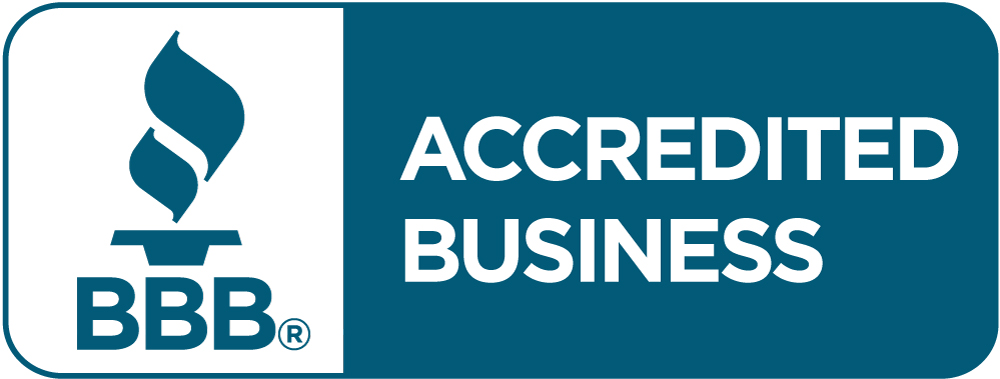Quick Links
ToggleRunning a successful small business requires more than just passion and a great idea. You’ll also need enough cash flow to keep the lights on, the doors open, and everything running smoothly. Even if your business is profitable, the timing of money coming in and going out can significantly impact your business operations. Whether you’re hoping to secure a small business loan or want more predictability in your business, understanding your cash flow can make a big difference.
Below, you’ll find a quick overview of the importance of cash flow forecasting for small business owners, including the impact cash flow can have on your financial decision-making and how you can make forecasting work for you.
What is Cash Flow Forecasting?
Cash flow forecasting is about more than just tracking money movements. It also helps you anticipate the future based on past and present financial data. By mapping out your expected incoming cash (from sales, accounts receivables, or other revenue streams) against your projected outflow (like operating expenses, loan repayments, and other liabilities), you get a clearer picture of your business’s future financial standing.
Since small businesses tend to operate on tight margins, an unexpected dip in cash flow can create immediate challenges. One of the primary benefits of cash flow forecasting for small business owners is that it allows you to predict when problems might arise and proactively plan for them, rather than reacting after they occur.
How Cash Flow Forecasting Informs Your Small Business Loan Decisions
A well-structured cash flow forecast can provide critical insights that can help you decide whether you need a small business loan. It can also help you better understand risks and opportunities and help you qualify for financing if the need arises.
Predicting Potential Shortfalls
Cash flow forecasting allows you to recognize timeframes when your business might face cash shortages. When you know a potential shortfall is coming, you can avoid business disruptions, late payments, and more, by proactively applying for a small business loan. By protecting your credit and keeping your cash flow positive, you can also show lenders that you’re financially responsible, potentially improving your chances of loan approval.
Identifying Surplus Periods
Forecasting can show you when you’re likely to have more cash than usual. This information can guide decisions about loan repayments. Instead of holding onto excess cash, you could use a portion of it to repay your loan faster, reducing the amount of interest you pay over the long term.
Understanding Small Business Loan Payment Capacities
Cash flow forecasting gives you a clear picture of your recurring expenses and revenues. This can help you understand how much of a monthly loan repayment your business can handle without straining your finances. By knowing your limits, you can select loan terms that match your business cash flow, so you can avoid overextending yourself.
Planning for Investment Opportunities
Your forecast might reveal that your business has a steady, positive cash flow. In this case, you may feel more confident taking out a loan from a direct lender, so you can take advantage of a business opportunity like opening a second location or expanding your product line. When your forecast shows that you can easily handle loan repayments, you’ll feel more comfortable, and the lender is more likely to approve your application.
Ensuring Consistency in Business Operations
When lenders assess a small business loan application, they want to make sure the business has enough revenue to qualify. When you’re proactively forecasting your cash flow, you can make sure you always have enough money on hand to cover your operating expenses. By maintaining consistency, you can demonstrate that your business is stable and make yourself a more attractive loan candidate.
Steps to Building a Cash Flow Forecast
Building a cash flow forecast is a systematic process that involves evaluating past, present, and potential future financial data. Following these steps can help you get a clear picture of where your business stands and where it’s headed:
- Understand Your Past and Current Cash Flow: Analyze past and present financial data, examining historical trends to understand your typical income and expense patterns.
- Project Future Income and Expenses: Use past data, details from your current contracts and revenue sources, and anticipated market changes to estimate upcoming revenues and associated costs.
- Scenario Planning: Prepare for unexpected situations by modeling potential scenarios–both positive and negative–to understand their potential impact.
- Monitor and Adjust: As your current data comes in, compare it to your forecasts. When discrepancies arise, adjust your forecast accordingly.
It’s important to remember that cash flow forecasting is an ongoing process. Regularly reviewing and updating your forecasts can help you make more effective financial decisions.
Assess Your Small Business Loan Needs
There are many benefits of cash flow forecasting for small business. Not only does forecasting provide insights into your financial health, but it also helps you make informed decisions. Using the insights gained from your forecast, you can set your business up for both short-term and long-term success.
If you’re currently considering small business loan options, don’t wait. You could qualify for up to $250,000 in just 24 hours. Contact us at (714) 500-6622 to learn more.










